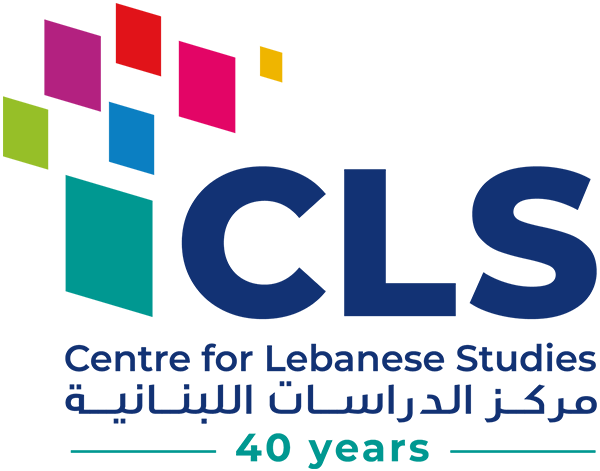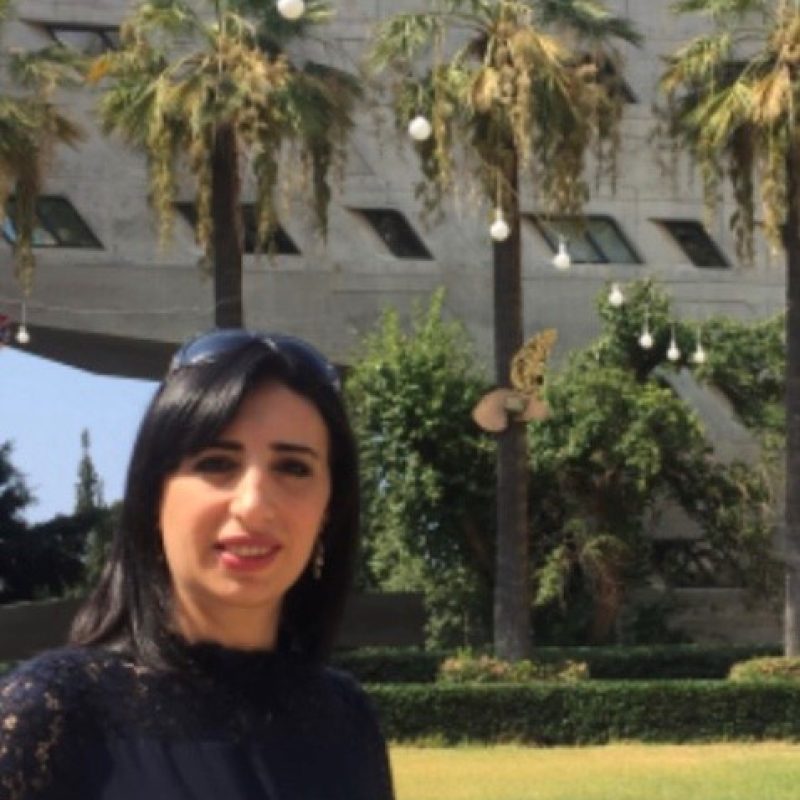Activities
- Literature Review + Research tool preparations+ IRB application submission
- Data Collection
- Data Analysis (online survey data entry, exclusion calculator data entry, transcribing interviews)
- Writing one academic journal article: presenting the results from the research and submitting a research paper to a peer-reviewed academic journal after completing the visiting scholar fellowship
- A report to both institutions regarding the issues uncovered and potential interventions to address them. This entails working with the Accessibility and Disability Resource Centre at Cambridge University and the Disability Hub- Centre for Lebanese Studies.
- Webinar to share the key findings at the two institutions.
- The Inclusive Design Centre group at the Engineering department at Cambridge University and the Centre for Lebanese Studies and its Disability Hub will hold a webinar and have panelists from the two universities share the research findings. The webinar will be open to people with and without disabilities, lecturers, and academics from the education, architecture and engineering, representatives from the accessibility and Disability Resource Centre at the University of Cambridge and the Disability Hub at the Centre for Lebanese Studies.
- Infographics about the key findings of the research will be shared on the two universities’ websites and social media networks.

